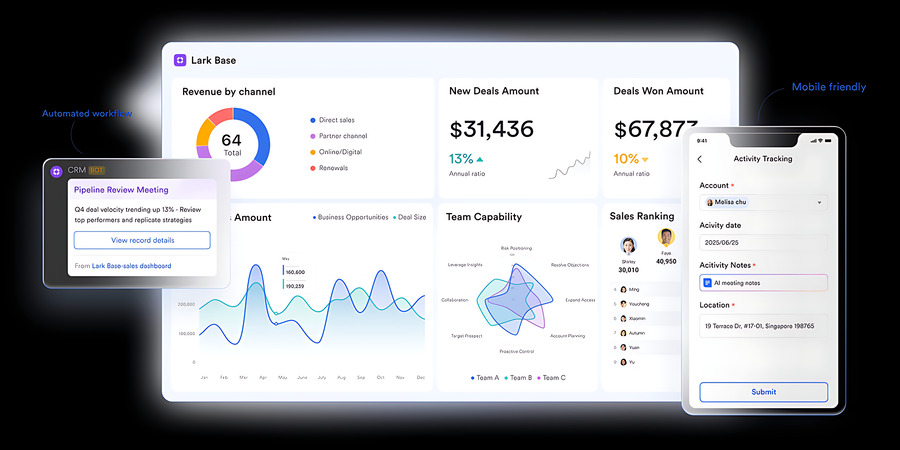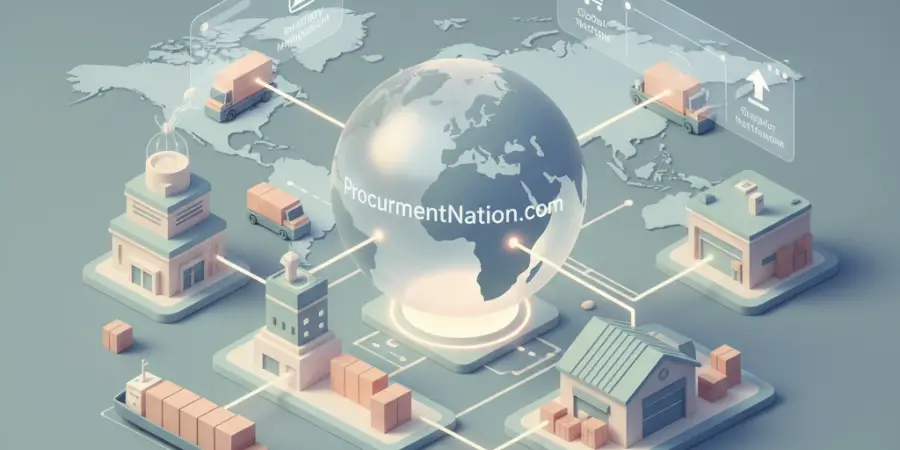Data is the fuel powering every successful business decision. However, as organizations grow, evolve, and adopt modern technologies, the data that once served them well needs to be moved, sometimes across platforms, and at other times across continents. Whether you’re shifting to the cloud, upgrading systems, or consolidating databases, data migration is the crucial bridge that connects your past with your future.
Done right, it unlocks cleaner data, sharper insights, and seamless operations. Done wrong, it leads to costly downtime and corrupted systems. Let’s walk you through what data migration really means, the types of migration businesses use, key stages of the process, and most importantly, how to do it right with the help of expert data migration services.
What Is Data Migration?
At its core, data migration is the process of transferring data from one system, storage format, or application to another. While the definition sounds simple, the execution is far from it. From evaluating the source system to validating the migrated data in the new environment, every step requires meticulous planning and precision.
Whether you’re transitioning to a cloud-based architecture, consolidating data warehouses, or upgrading legacy systems, data migration is what ensures that your data, not just your software, keeps pace with your business goals.
Why Is Data Migration So Important?
Modern businesses generate massive amounts of data across multiple platforms—think ERP systems, CRMs, cloud applications, and more. Without migration, this data becomes siloed, duplicated, or even obsolete. The right data migration services consolidate this scattered data into a unified, accessible, and intelligent system that supports faster decisions, better customer experiences, and improved operational efficiency.
Types of Data Migration
Understanding the different forms of data migration helps in choosing the right strategy for your business:
1. Storage Migration
This involves transferring data from one physical storage system to another, typically to enhance performance or reduce costs. Example: upgrading from hard drives to SSDs or shifting from local storage to the cloud.
2. Database Migration
In this type, data is moved between databases—either within the same environment or across platforms (e.g., Oracle to PostgreSQL). It typically includes schema conversion, data mapping, and performance tuning. Working with an Orderful EDI company can support these efforts by ensuring data is properly structured and ready for seamless integration.
3. Application Migration
This involves relocating data, along with applications, from one environment to another. It’s common during software upgrades or platform shifts (e.g., on-premise ERP to cloud ERP).
4. Cloud Migration
Among the most popular today, this involves moving data, workloads, and applications to cloud environments such as AWS, Azure, or Google Cloud. Cloud migration enhances scalability, cost-efficiency, and disaster recovery.
5. Business Process Migration
This combines data and applications critical to business workflows, often when adopting enterprise-wide systems like SAP or Salesforce. It demands careful synchronization of both data and business logic.
6. Data Center Migration
When businesses migrate their entire IT infrastructure to a new data center, they not only transfer data but also relocate networks, storage systems, and business applications.
Key Stages of Data Migration
A successful data migration follows a structured path. Here’s how it typically works:
1. Planning and Assessment
Begin with a detailed audit of your existing data: Where is it? What format is it in? What needs to move? This phase also involves identifying data owners, understanding regulatory requirements, and aligning with business goals.
2. Data Profiling and Cleansing
Before migrating, ensure that your data is clean, consistent, and relevant to your needs. This step involves deduplication, format normalization, and the elimination of outdated information.
3. Mapping and Design
Map data fields from source to destination. This includes planning how different data types, relationships, and structures will translate in the new environment.
4. Migration Execution
This is where data actually moves. Techniques such as ETL (Extract, Transform, Load), API-based migration, or bulk transfer are employed depending on the volume and sensitivity of the data.
5. Testing and Validation
Once migrated, the data must be tested for accuracy, completeness, and performance. Are all records present? Are applications running as expected?
6. Deployment and Cutover
At this stage, your business transitions from the old system to the new one. Sometimes, a phased or parallel approach is used to minimize disruption.
7. Post-Migration Audit and Monitoring
Continue monitoring for issues. Maintain logs, run integrity checks, and gather feedback from users to ensure system integrity. Address issues promptly to avoid long-term impacts.
Benefits of Data Migration
Migrating your data isn’t just a technical task—it’s a strategic move. Here’s what businesses gain by working with the right data migration services:
- Enhanced Analytics: Unified data enables more accurate reporting and advanced AI/ML capabilities.
- Operational Efficiency: Less time spent switching between systems or fixing outdated records.
- Cost Savings: Modern systems reduce hardware and software overheads.
- Enhanced Data Governance: Migration is an ideal opportunity to refine, categorize, and secure data.
- Scalability: Cloud-based environments allow your infrastructure to grow with your business.
- Risk Reduction: Updated systems are more secure and resilient to breaches.
Common Challenges (and How to Overcome Them)
1. Poor Data Quality
If you migrate bad data, you’re just moving garbage to a new bin. Clean your data beforehand.
2. Downtime Risks
Unplanned outages can disrupt operations. Use phased or parallel migration approaches to avoid business impact.
3. Security Concerns
Data in transit is vulnerable. Encrypt sensitive data and restrict access during the migration process.
4. Compatibility Issues
Not all systems speak the same language. Use transformation scripts and middleware to bridge the gap.
5. Lack of Expertise
Data migration is complex. That’s why choosing trusted data migration services matters.
Best Practices for Successful Migration
- Start with a clear strategy: Define what success looks like before you begin.
- Engage stakeholders early: From IT teams to business users, everyone should be aligned and on the same page.
- Use the right tools: Opt for tools that offer flexibility, error tracking, and rollback capabilities.
- Test, test, test: Validate every step—before, during, and after migration.
- Document everything: This helps troubleshoot problems and builds knowledge for future migrations.
Think of data migration as moving into a new, smarter home. You wouldn’t just dump everything into boxes and hope for the best—you’d clean out clutter, pack strategically, label carefully, and ensure everything arrives intact.
Your data deserves the same.
With a structured approach, the right tools, and expert guidance, data migration becomes more than a technical task—it becomes a strategic opportunity. That’s where Nvizion Solutions comes in. With extensive experience in end-to-end data migration services, Nvizion ensures a smooth, secure, and aligned transition that supports your business goals.
Your future-ready infrastructure awaits—now it’s time to make the move with confidence.
















